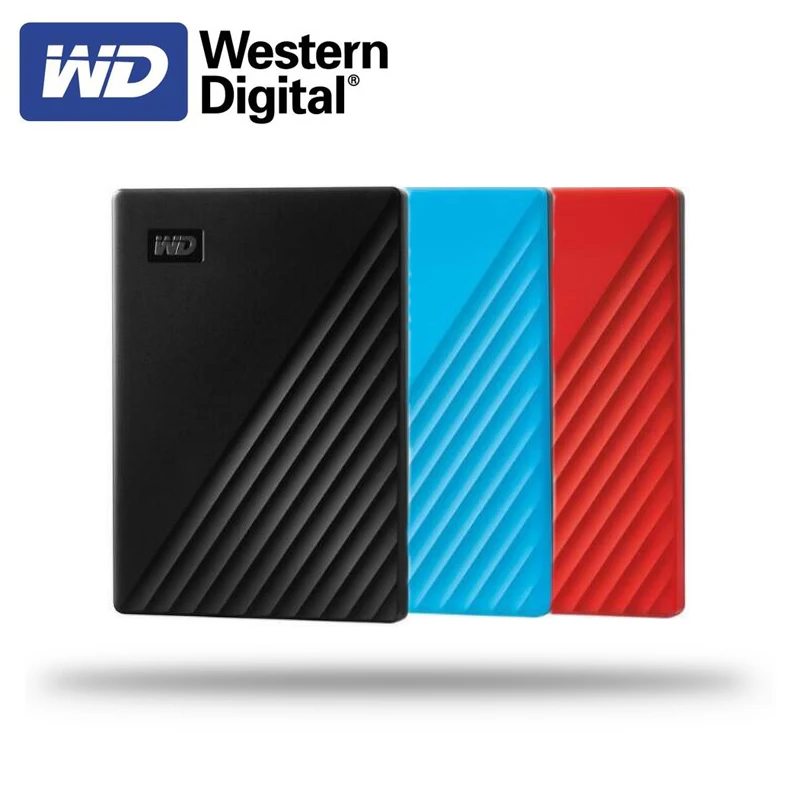
- #2010 VER WESTERN DIGITAL MY PASSPORT 1TB HDD USB 3.0 DRIVERS#
- #2010 VER WESTERN DIGITAL MY PASSPORT 1TB HDD USB 3.0 UPDATE#
- #2010 VER WESTERN DIGITAL MY PASSPORT 1TB HDD USB 3.0 PC#
I believe the Intel SSD that died at work had a firmware bug that caused the drive to go into a failure mode (Write-locked) after 32,767 hours of operation since the SMART counter said the drive had 10 hours or so of Power-On time, which made sense given when the user said the notebook failed. SSDs are usually rated in a factor of total drive space for total writes, like 30x or 100x. The archival function is a write once, read many situation which will not tax the SSD's flash memory cells, but the replay buffer is being written to constantly, even with the Wally turned off (again, assuming behavior that mirrors the ViP 211). I do not have a Wally, but my understanding is the Wally works like the ViP 211 before, the EHD is used for long-term archival as well as a 60 minute trick play buffer.
#2010 VER WESTERN DIGITAL MY PASSPORT 1TB HDD USB 3.0 UPDATE#
But you won't notice any performance update as it's the USB buss that is limiting the transfer speed. So if you want to use a 3 times more expensive SSD instead of a real HD, then go ahead.
#2010 VER WESTERN DIGITAL MY PASSPORT 1TB HDD USB 3.0 DRIVERS#
The firmware on the machine and the drivers treat NVMe drives completely differently. Now when you start to use NVMe drives, that's horse of a different color.

It's all smoke and mirrors in the SATA world. So no technical reason you can't use an SSD EHD on a Hopper as the SSD Sata controller makes the SSD look and behave exactly like a spinning drive with moving read/write heads.
#2010 VER WESTERN DIGITAL MY PASSPORT 1TB HDD USB 3.0 PC#
That's why SSD's seem to last forever on a PC or MAC. So in real PC scenerios, most likely only a 10th of what is showed as used, is actually changed often while 90% of the files never change. But if you use it for static storage, like shows you intend to keep or even on PC's there is a whole pile of stuff (like the operating system DLL's, EXE's, and stuff like that that hardly ever change unless there is a system update. But if you use one (like for a paging disk) then don't be surprised if it goes TU in a year or so. So bottom line, there is a whole lot of fancy SH-T that the manufactures do to prevent failures. A 2TB SSD probably has 3TB of space on it. The same ratio holds true on terabyte SSD. A no-name cheapo might have only 200meg extra while a Samsung, WD Black or other big names can come with a lot more even up to 512gig or more. Higher end ( read expensive) SSD's have more "extra" blocks on them than cheaper ones do. The extra is used by the SSD controller's algorithm in wear leveling.

So if you buy a 512 Gig SSD there is probably between 600gig to 1TB of actual storage.

Also every SSD is over-provisioned with lots of extra blocks. If a 0 is being replaced with a 1 then a level in the cell has to be 'burned' to change the cell state. So if a 1 is being replaced with a 1 then it doesn't change it. That way a level is not lost in that cell. SSD controllers are smart enough to resist wear by looking at the content of a block that is being written and will only change a bit on a byte (8 bits per byte) if the new bit is different than the existing one. Now if you use it as temp storage, "Say to store stuff until your kids or spouse watch it and then you delete it", transferring another show can possible hit the same block of the one that what used which you erased, causing another bit-burn if a bit has changed. As long as you use the drive for movies, shows and event storage and keep the programming there then wear is not a problem as the cells are burned once and not rewritten again. You can easily use an SSD, if you want to spend the money for no gain being that the interface is USB2.


 0 kommentar(er)
0 kommentar(er)
